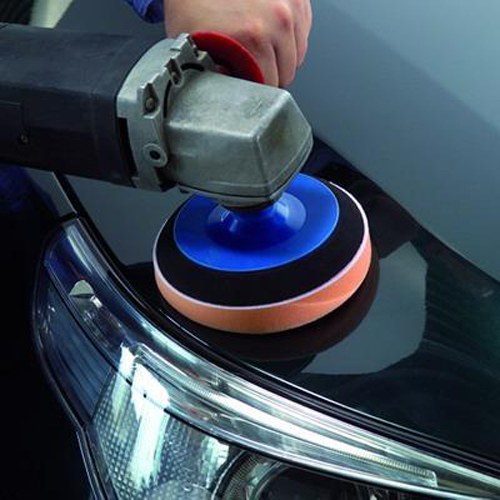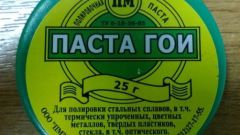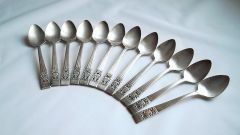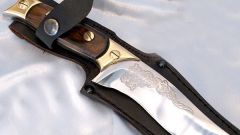You will need
- - angle grinder (Bulgarian);
- - grinding wheels of different grits;
- - sandpaper or stone;
- - joiner's glue;
- - felt or felt circles;
- - polishing paste.
Instruction
1
Spend the first roughing cleaning the surface, remove the burrs of metal from the weld. For this, use angle grinders (Bulgarian) and range in fiber-based grain P60. If the surface is fairly smooth, skip this step.
2
In order to remove risks from grain P60, take a range of grain Р120. If you do not have a circle with any grain size, do it yourself. To do this, take a felt or a felt circle evenly with a spatula, apply the carpenter's glue and carefully walk them on abrasive grit. The abrasive chips can be obtained from the abrasive cloth or stone, rubbing them against each other.
3
Sand surface stainless steel a few more times, each time decreasing the size of the abrasive half. Don't forget to rinse the stainless steel surface after each sanding. If possible, do not mount on angle grinder machine speed of 4500 rpm.
4
Check the surface after sanding should be completely smooth. Make sure to remove all rough roughness, or after polishing of these areas will have to grind again.
5
Take a clean felt or a felt circle and polishing paste. It is important to choose the right polishing paste, because different brands fit different types of pasta. Try to find a diamond paste with grain size which matches your metal, in extreme cases, suitable conventional polishing paste or GOI.
6
Start finish polishing stainless steel, consistently removing visible risks. Gradually, after a while, you will see that the surface becomes smoother, this is due to the fact that under high temperature the surface melts and spreads. Try not to overheat the item, some metals can change the color.
Note
Paste GOI or "Paris green" is not very effective during the polishing and at the same time harmful to the body. Using this material, always wear gloves and a mask.







